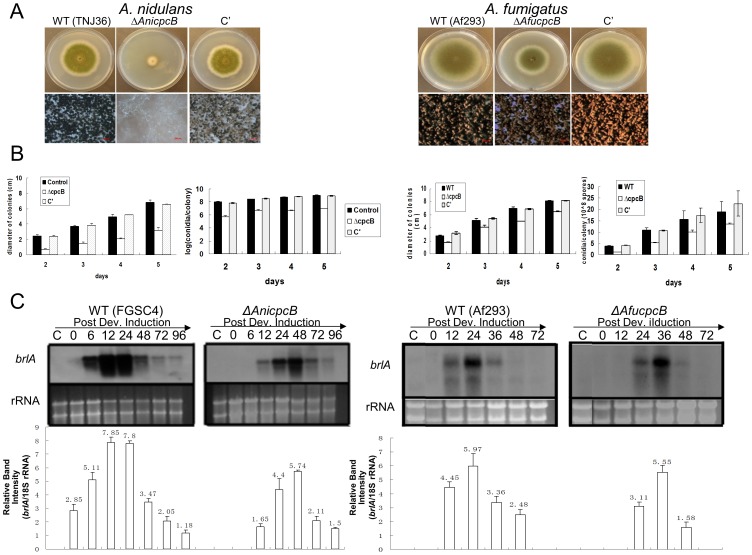Figure 2. Requirement of CpcB for proper growth and conidiation in A. nidulans and A. fumigatus.
(A) Photographs of the point-inoculated colonies of WT control (TNJ36), ΔcpcB (RJMP1.59-8) and complemented (C’; RJMP1.59-8C) strains of A. nidulans grown on solid MMG for 4 days (top panels) and the close-up views of the colonies (bottom panels) are shown in left panel. Photographs of the colonies of WT (AF293), ΔAfucpcB (Af293.1-7) and complemented (C’; Af293.1-7C) strains of A. fumigatus grown on solid MM+0.5%YE for 4 days (top panels), and the close-up views of the colonies (bottom panels) are shown in right panel. (B) Quantitative analyses of the diameter of colonies and conidiation levels in the designated strains. (C) Northern blot analyses for levels of brlA transcript in the WT (FGSC4) and ΔAnicpcB (RJMP1.59-8) strains of A. nidulans, and in WT (Af293) and ΔAfucpcB (Af293.1-7) strains of A. fumigatus. The relative band intensities (mean±SD) of Northern blot were determined by densitometric scanning of mRNA bands using ImageJ and normalized by the amounts of 18S rRNA (brlA/18S rRNA) in each sample. Ethidium bromide staining of rRNA was used as a loading control.

